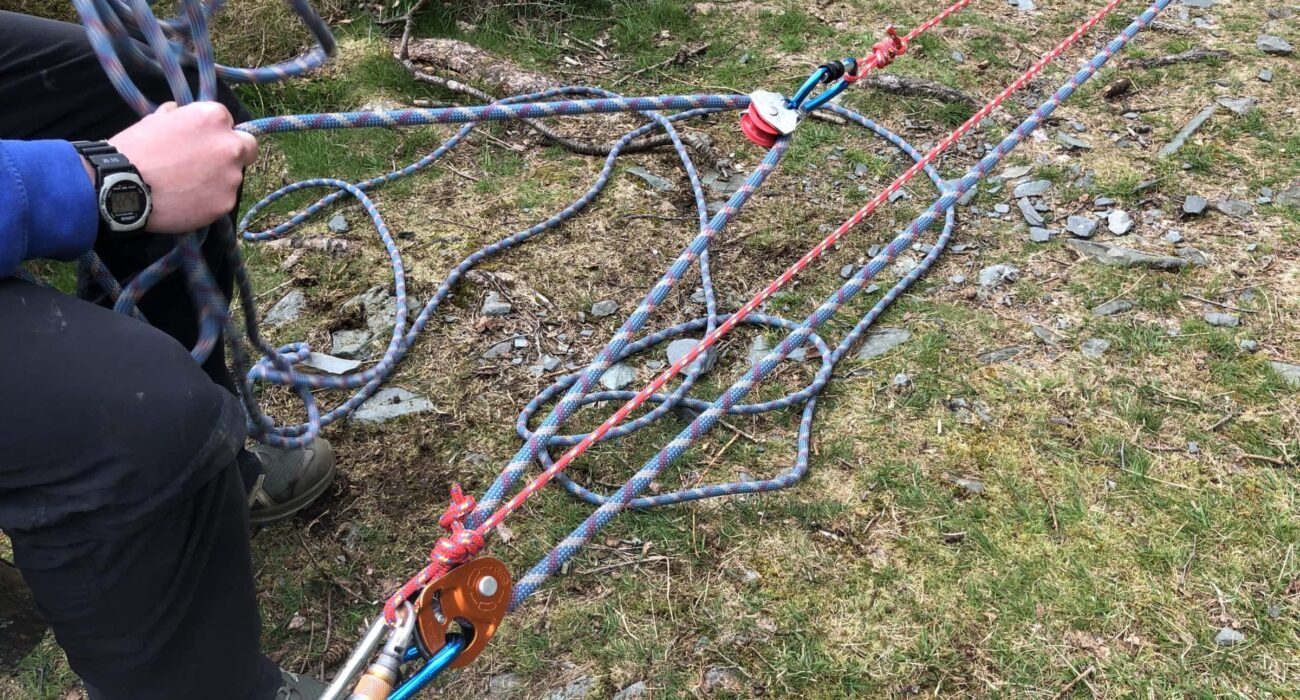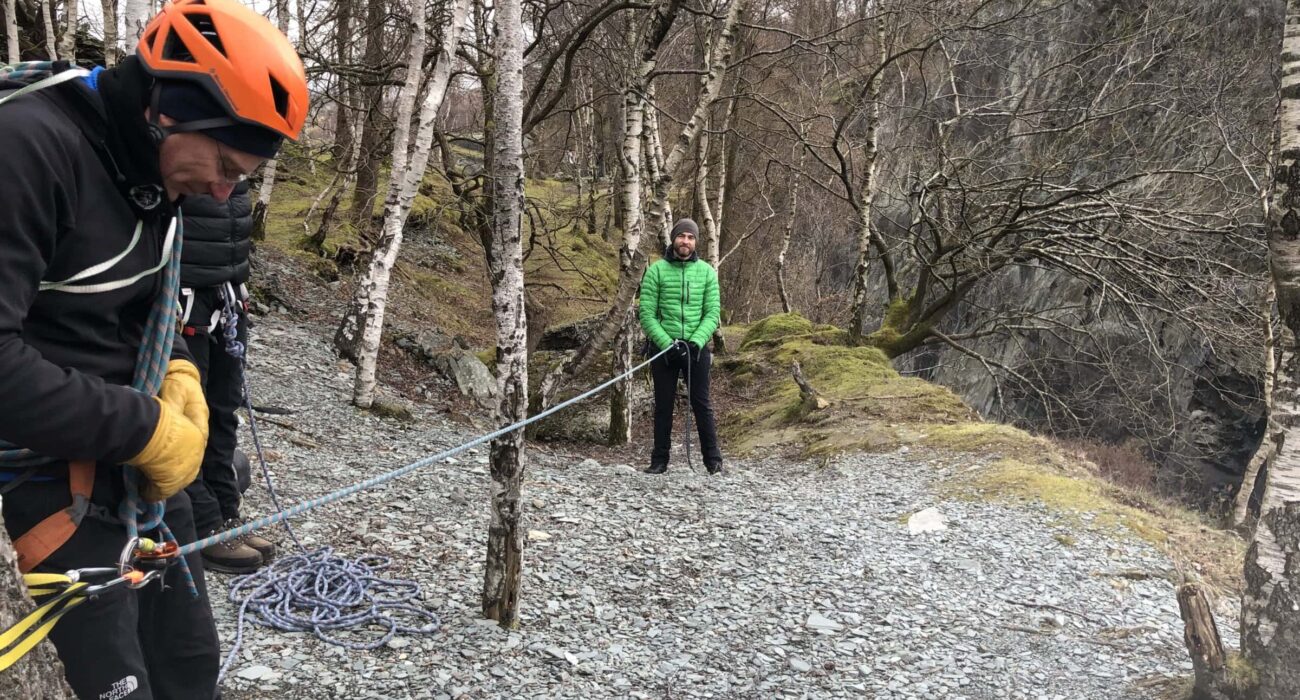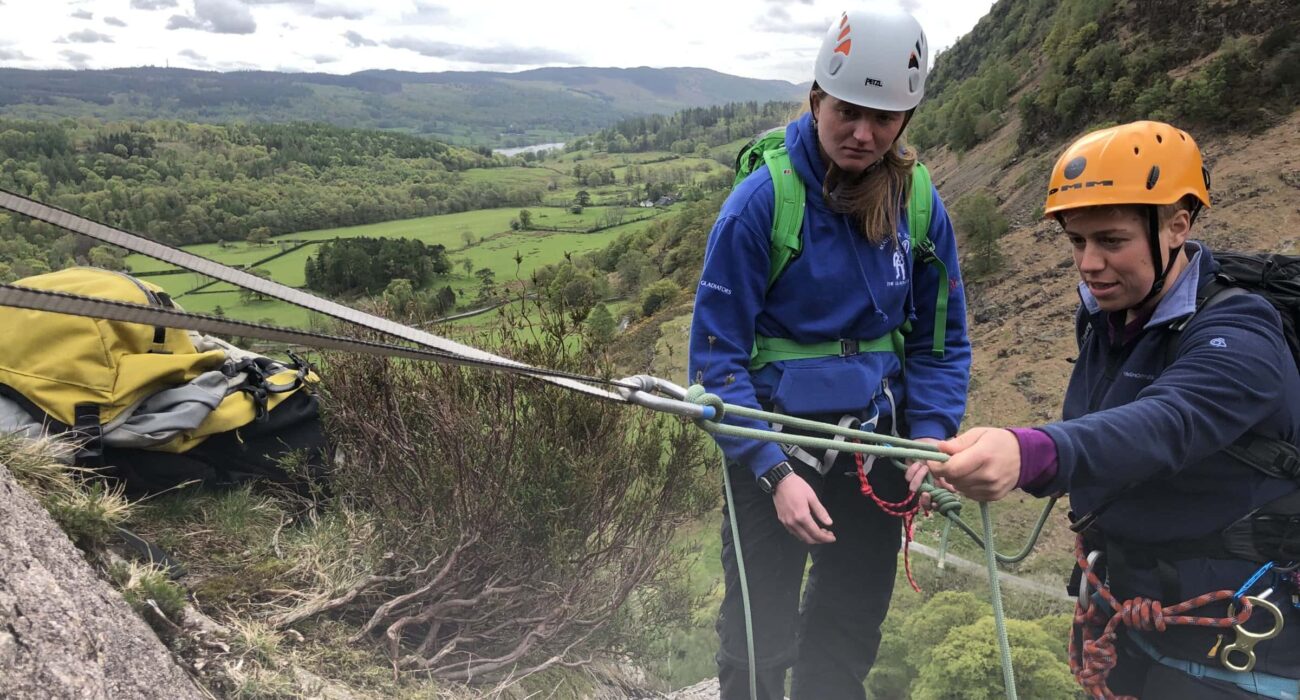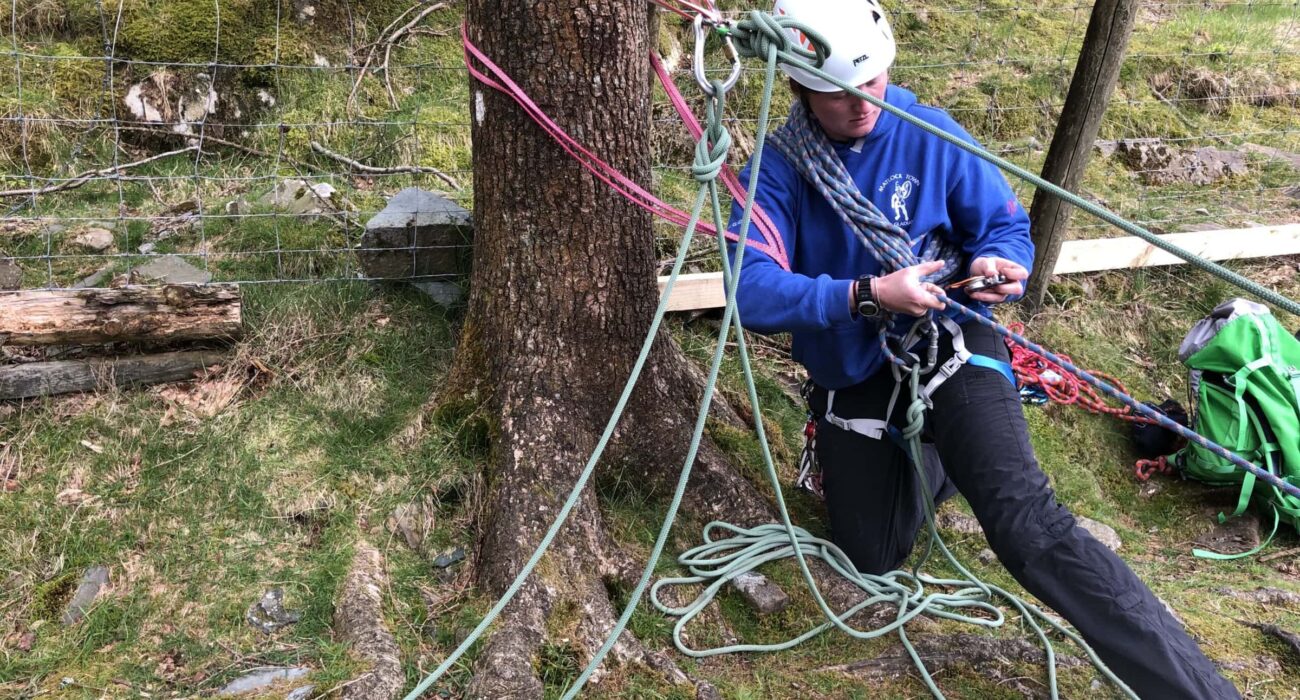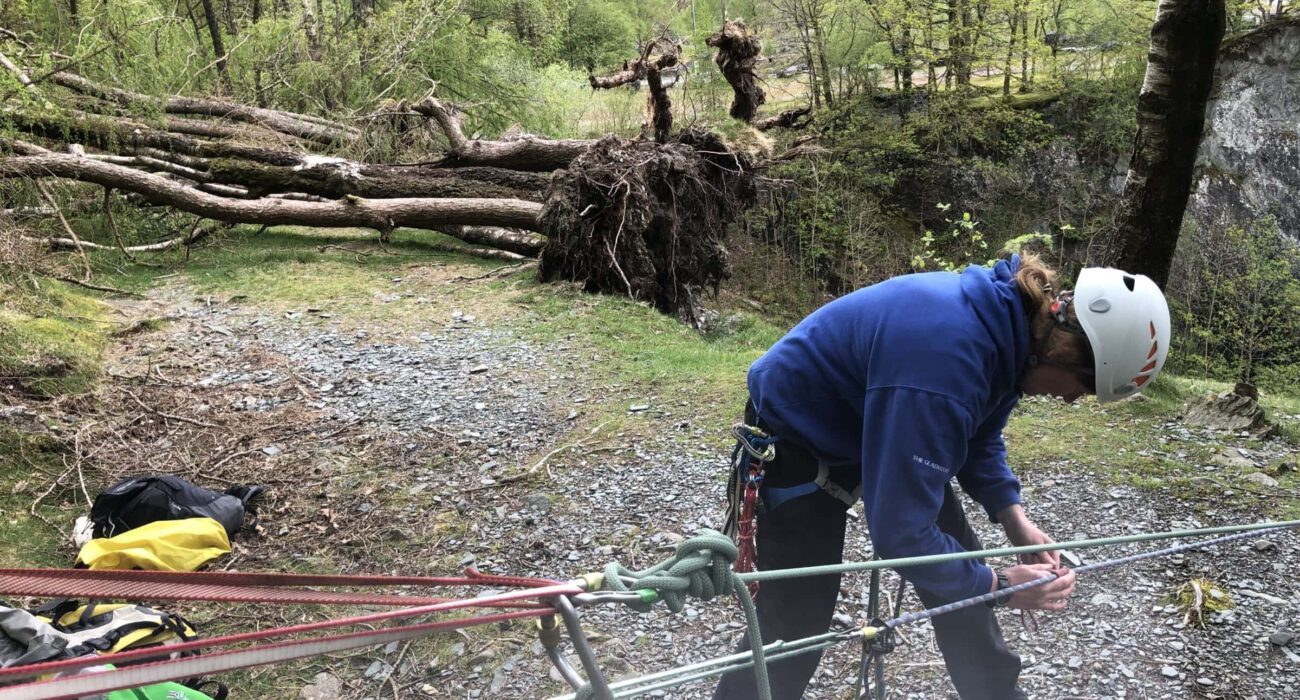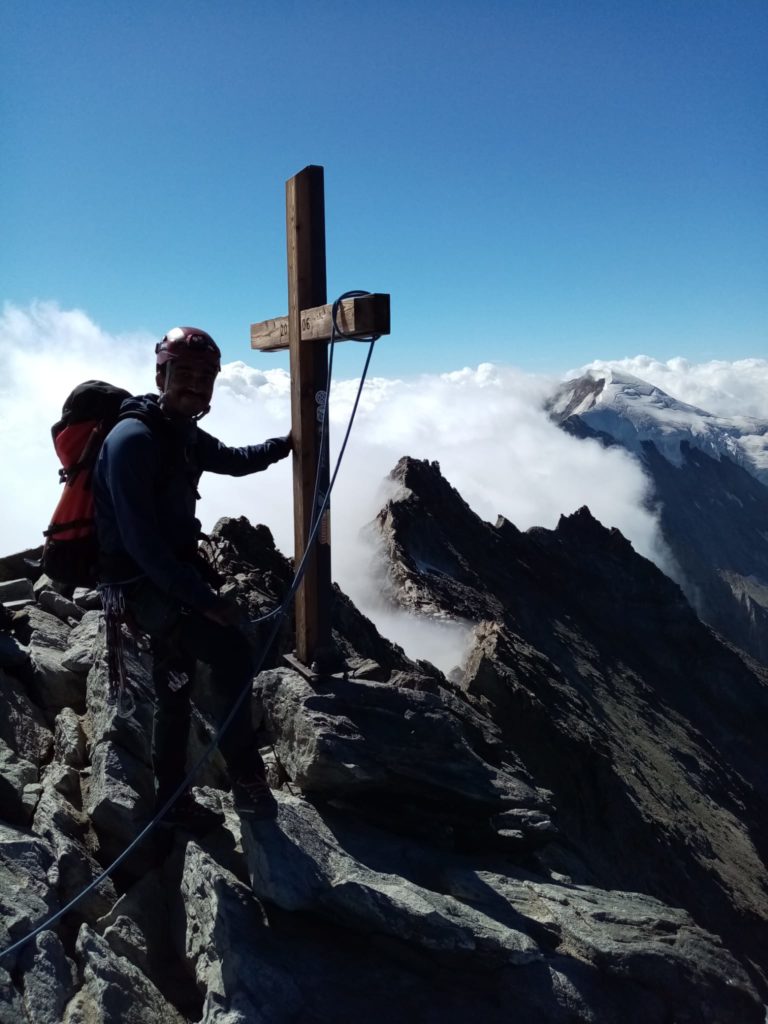crevasse rescue course
Mastering Crevasse Rescue: Essential Techniques for Mountaineers
Crevasse rescue course – Embarking on the journey of high altitude mountaineering is undeniably exciting. Yet it brings forth unique challenges, particularly when confronting the hazards of potentially dangerous glaciers and crevasses. Therefore learning the vital skills used for glacier crossings is essential. Because this can help climbers, and hikers make their way across this terrain with much more confidence.
Understanding Crevasse Rescue
In the realm of high-altitude mountaineering, hidden cracks in glaciers, known as crevasses, pose a serious and potentially life-threatening threat to climbers. Mastering crevasse rescue involves acquiring technical knowledge, utilizing specialized gear, and, perhaps most importantly, fostering effective teamwork.
Prevention and Recognition
Therefore preventing crevasse accidents is the first line of defence, starting with the crucial step of recognizing potential danger zones. Despite rigorous preventive measures, accidents can still occur, underscoring the paramount importance of crevasse skills.
Z-Pulley System: A Lifesaving Technique
Enter the Z-pulley system—a fundamental crevasse technique that acts as a lifeline in critical situations. This mechanical advantage system efficiently lifts a fallen partner out of a crevasse, showcasing the significance of being proficient in tying knots such as the figure-eight on a bight and the Prusik hitch.
Equip Yourself: Crevasse Rescue Kit
Transitioning to the importance of preparation, a well-equipped crevasse rescue kit is indispensable. Components like pulleys, carabiners, prusik cords, and ice screws work in tandem to create a mechanical advantage, facilitating the safe extraction of a fallen climber. When searching for ‘crevasse kit’ on the internet, you get lot’s of various items of equipment. Therefore it can be confusing on what to buy and can be expensive. we believe that our crevasse kit that we use is efficient, cost effective and reliable.
Roping up:
The crevasse roping method stands as a crucial safety protocol in glacier mountaineering. Linked by a secure rope, climbers maintain precise distances to avert falls into concealed crevasses. This approach guarantees a unified team capable of swift emergency responses. In the event of a member’s fall, the tension on the rope acts as an immediate alert, triggering a well-coordinated rescue, often employing advanced techniques such as the Z-pulley system. Emphasizing prevention, teamwork, and rapid response, the crevasse roping method is an indispensable skill for safely navigating the unpredictable terrain of glaciated environments in mountaineering.
Hands-On Training for Real-World Emergencies
As we delve into the realm of practicality, hands-on training scenarios become pivotal in mastering crevasse rescue. Simulating crevasse falls and rescues in controlled environments not only builds muscle memory but also ensures climbers can execute these maneuvers effectively in the stressful conditions of a real emergency.
Crevasse Rescue Course: Elevate Your Skills
Transitioning seamlessly into skill enhancement, consider enrolling in a crevasse rescue course to deepen your knowledge and gain valuable hands-on experience. These courses provide structured training, offering invaluable insights into crevasse rescue techniques and emergency procedures.
Conclusion: A Lifeline in High-Altitude Adventure
In conclusion, crevasse rescue is non-negotiable in glaciated terrain. Beyond being a mere skill, it acts as a lifeline, differentiating between a successful ascent and a tragic mishap in the challenging realm of high-altitude mountaineering.
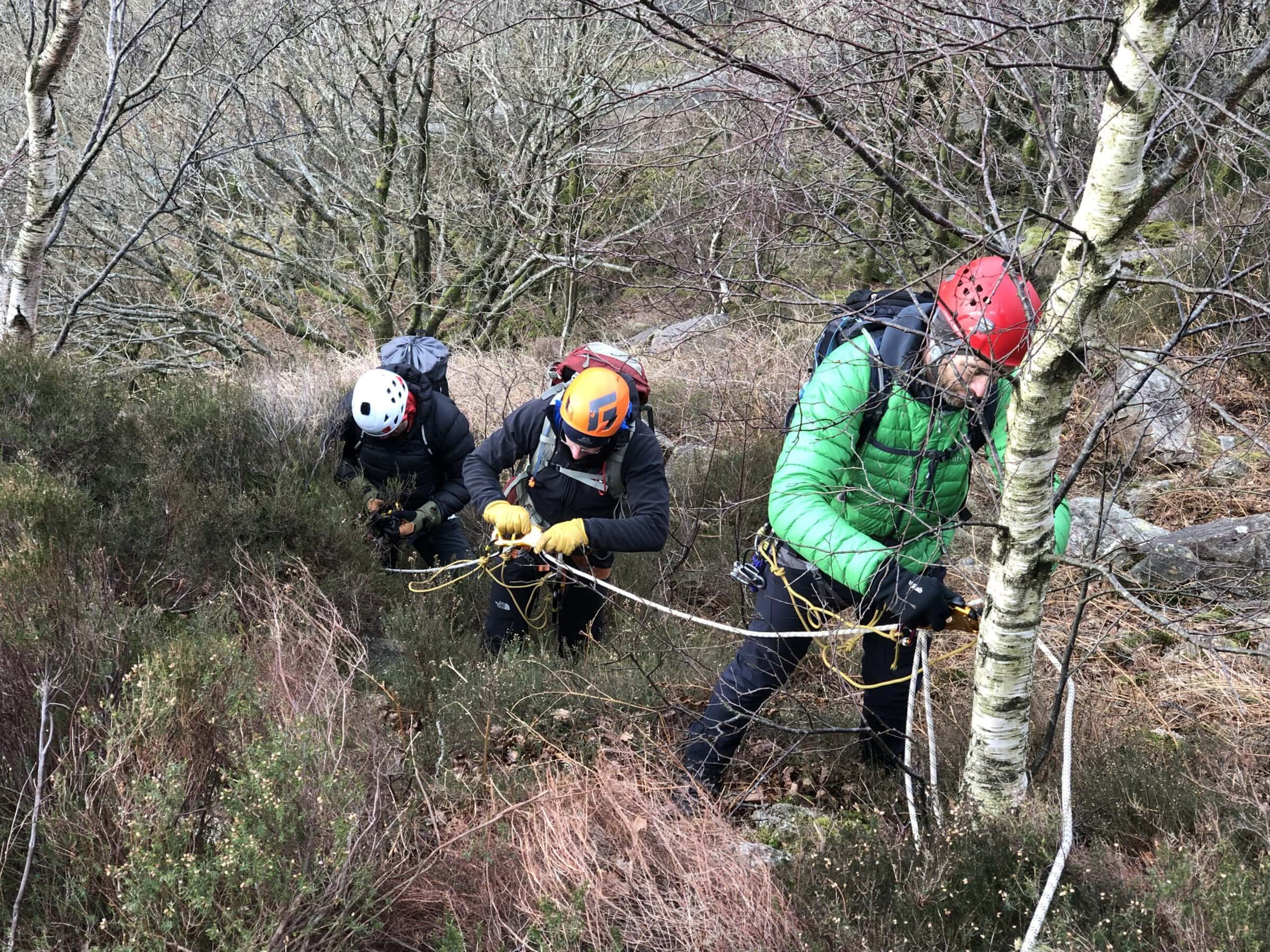
Price per person: Half day course
1-1 £125.00
1-2 £70.00
1-3 £60.00
1:4 £50
Larger groups enquire.
Full day’s course combined with Crevasse – Rescue and Fixed Lining:
1-1 £190
1-2 £95.00
1:3 £80.00
1:4 £70.00
A £50 deposit is required to book a place. See our Contact and Pricing page for more details.
For larger groups please get in touch for pricing.
Links:
Rock n Ridge Alpine Training page: Here
Crevasse Rescue Wiki – Here

